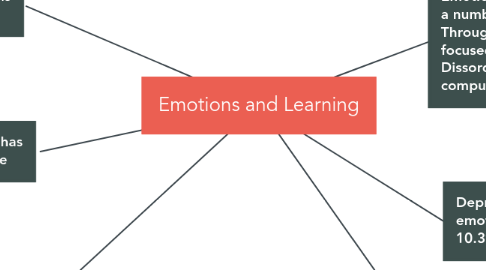Emotions and Learning
by Ryne Mauck


1. Another emotional disorder is bipolar disorder.
1.1. The result of bipolar disorder can lead to stressed psycho-social skills.
1.2. This can result in decreased psychosocial function, psychosocial problems, insomnia, and stress. All which can effect learning.
2. Anxiety and certain phobias has been increasing in prevalence
2.1. This can result in difficulty habituating to situation, and adapting to ones surrounding. The effects on the education process are apparent because both of these skills are necessary.
3. OCD
3.1. • "Compulsions are overt or mental acts, and frequent compulsions include checking, cleaning, ordering, repeating, and counting" (Rasmussen & Eisen,1988).
3.1.1. This can result in loss of time and focus on activities in class
3.1.2. Lack of mental clarity can also be a result
3.1.3. From the Text: "A less prevalent OCD symptom is obsessional or compulsive slownessin which the patient takes several hours to perform a routine activity. OCD patients often have more than one type of symptom and they generally know that their obsessions or compulsions are excessive or unreasonable..."(Jones,2001)

